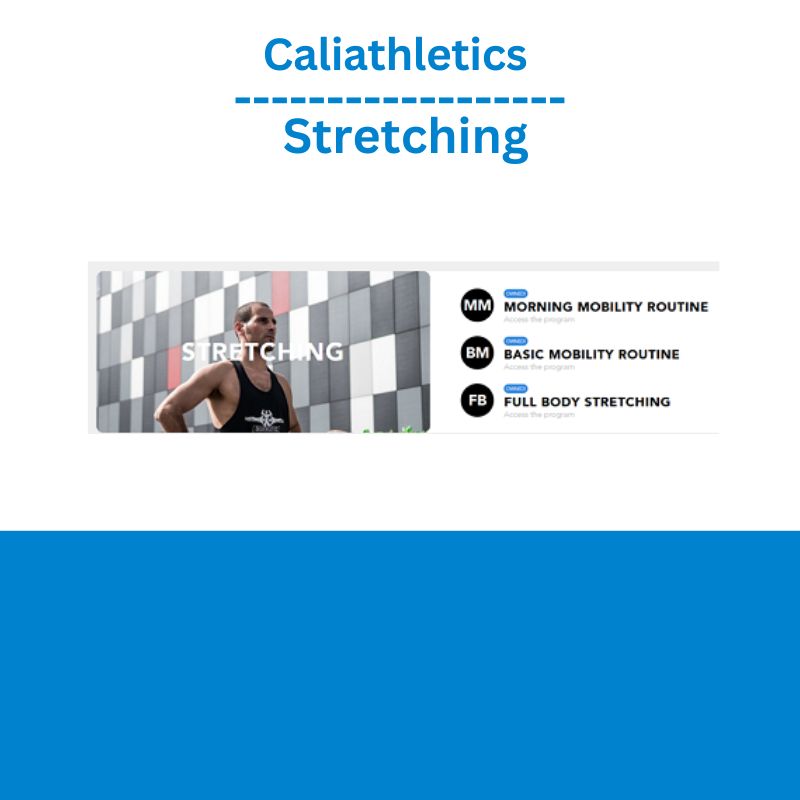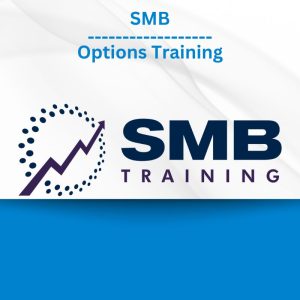*** Proof of Product ***

Exploring the Essential Features of “Caliathletics – Stretching“
GENERAL RULES FOR A STRETCHING PROGRAM USING DIFFERENT METHODS
As a fundamental first rule, achieving a proper equilibrium among strength, mobility, and stability is crucial.
Mobility Specificity:
- Mobility is a conditional property that should align with the activity to be practiced and individual goals.
- For example, a cyclist need not strive for maximum splits flexibility.
Considerations in Calisthenics:
- Tailor goals based on daily habits and starting level.
- Sedentary individuals should prioritize mobility for activation and disease prevention.
- Talented individuals can focus on advanced mobility techniques.
- Non-trained subjects start with static passive stretching, progressing to static active and P.N.F. techniques.
Enhancement Program:
- For non-trained subjects, emphasize static passive/active stretching before progressing to P.N.F.
- Include a general enhancement program with medium-low loads for anatomical adaptation, focusing on tendons and connective tissue.
- Target a range of 12-15 repetitions to address the longer time range of connective tissue adaptation.
Stretching Position Approach:
- Always reach a slight point of stress in the targeted muscle during stretching.
- Avoid bouncing with the lower back for further reach, as it can cause damage.
- Stress should be minimal, and there should be no pain.
Hold and Progress:
- Hold stretching positions for a couple of minutes initially to allow the targeted area to adapt to the stress.
- Gradually increase the stretching position as the initial pain decreases.
PNF Techniques Caution:
- Forcing a stretching position may activate the CNS and lead to unexpected contractions, causing pain or muscle tear.
- DOMS (Delayed Onset Muscle Soreness) may result from improper stretching, causing micro muscular lacerations.
Breathing Importance:
- Use diaphragmatic breathing during stretching to avoid muscle tension.
- Involving the mouth in breathing can trigger tension, signaling the CNS to contract rather than relax the targeted muscle.
Conclusion:
- Proper conditioning is vital in Calisthenics to reduce injuries.
- Avoid abrupt and forceful stretching to prevent DOMS and ensure a positive stretching/mobility session.
- Focus on isometric and concentric exercises rather than eccentric ones for individuals experiencing DOMS.
Please see the full list of alternative group-buy courses available here: https://lunacourse.com/shop/









